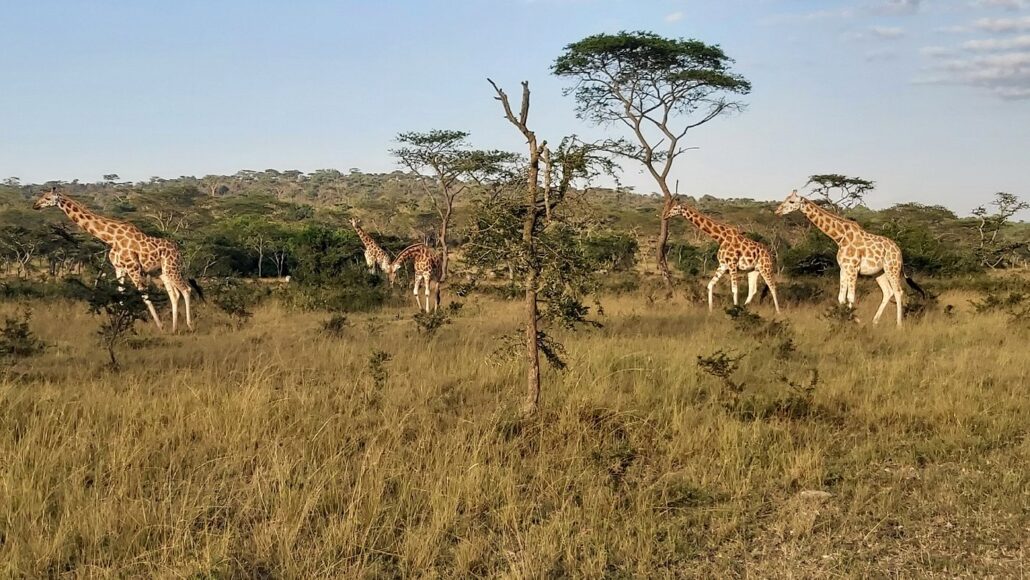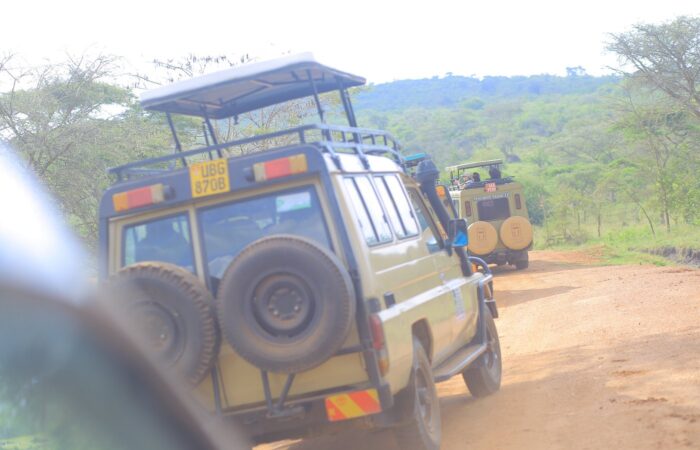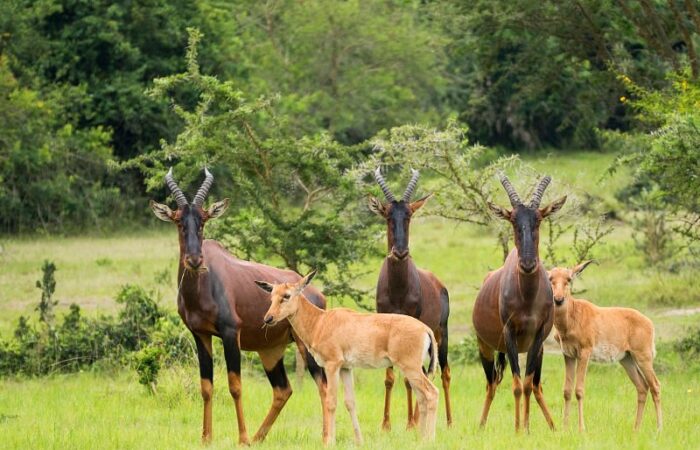Lake Mburo National Park.
Lake Mburo National Park, located in western Uganda, is a compact yet diverse protected area covering approximately 370 square kilometers. Its defining feature is Lake Mburo, after which the park is named, which forms the centerpiece of the landscape and provides a vital water source for the diverse array of wildlife that inhabits the area. The park’s varied habitats include savannas, acacia woodlands, wetlands, and rocky outcrops, creating a mosaic of ecosystems that support a rich and biodiverse ecosystem.



